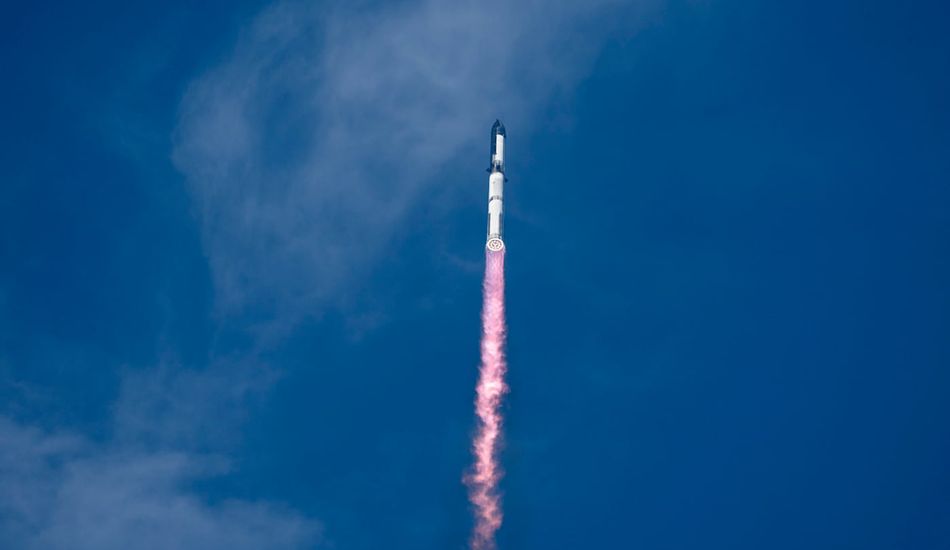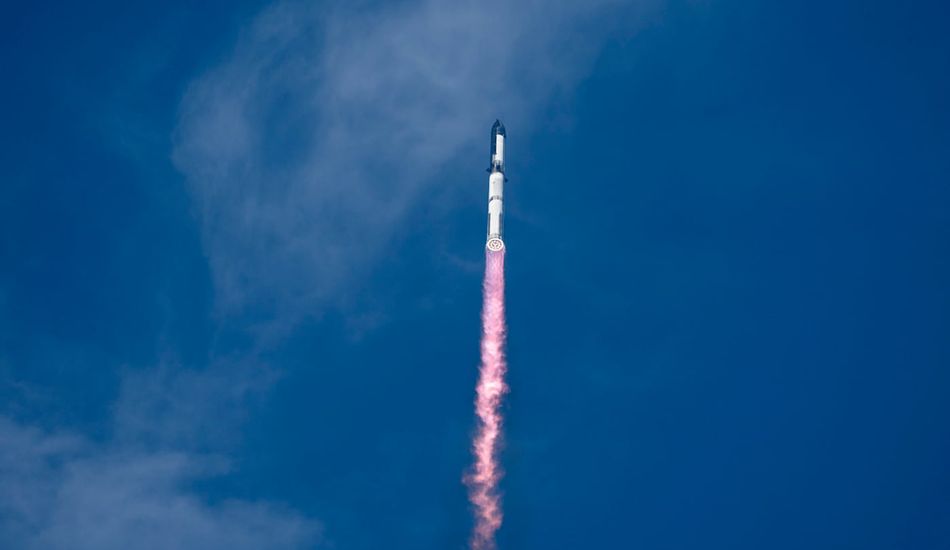
SpaceX Starship's Ninth Test Flight: Partial Success
SpaceX's ambitious Starship program reached a significant milestone, yet also encountered setbacks, during its ninth test flight. The launch, from Starbase in Texas, marked the first time a previously flown Super Heavy booster was reused. This booster, successfully recovered in earlier flights using the Starbase launch tower's "chopstick" arms, was instead allowed to splash down in the ocean for this mission due to modified test parameters involving a higher descent angle.
Booster and Ship Performance
While the Super Heavy booster experienced a "rapid unscheduled disassembly" shortly after initiating its landing burn, the Starship (or "Ship") successfully completed its ascent burn and reached space. However, the mission's objectives weren't fully met. The Ship failed to deploy its payload of Starlink simulator satellites due to a malfunctioning payload bay door. Further complications arose from an attitude control error and a leak leading to a loss of main tank pressure, resulting in the vehicle tumbling before contact was lost.
Data and Future Plans
Despite the partial failures, SpaceX CEO Elon Musk stated that the test yielded valuable data. While a controlled splashdown wasn't achieved, the Ship's debris is expected to fall within the designated hazard zone in the Indian Ocean. The company plans to conduct further Starship flights at a more frequent pace, aiming for a launch every three to four weeks over the next three missions.
1 Image of SpaceX Starship:


Source: Engadget